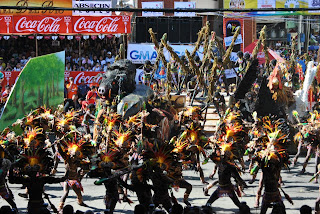Meet our sunbae's.
Rain and Jeon Myeong Gwan Lee Dong Ki
KOREANS
Rain, Myeong Gwan and Dong Ki came from South Korea.
Describe your culture?
Our culture in South Korea is somewhat like yours here in the Philippines. We also celebrate christmas there but we celebrate it in a different way. Some of us thinks it is just another passing phase of life but some, it is a time to enjoy moments with each other. But to few people, Christmas means to do sacrifices and charity works. We were also influenced by the K-Pop invasion.
Why did you choose to stay here in the Philippines?
To study English.
What is the difference between your culture and our culture?
We just came here in the Philippines yesterday.
What culture or Filipino traits do you like most?
I think being hospitable.
Have you already adopted our culture?
Not yet because as what we said earlier we just came here in the Philippines yesterday.
Even though we had a hard time interviewing them, we did our best to understand on the way they speak English because we know it's hard for them to speak the language fluently. They are studying English now at Jin-Soo Foreign Language located near the Riverside Hotel.




.jpg)

.jpg)
.jpg)
.jpg)
.jpg)

























